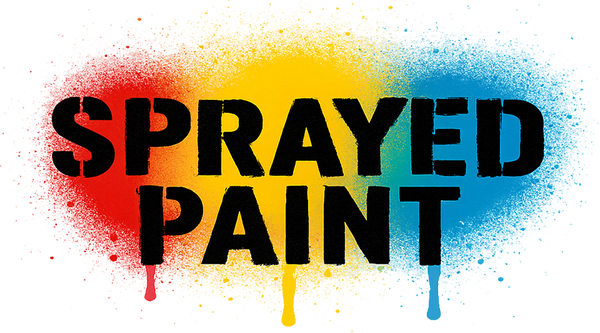Artwork Description
Fish Original Hand Drawn Art Drawing on Framed Hand Deckled Aged Art Paper by Surreal Artist Naoto Hattori.
2012 Signed Original One-of-a-Kind Pencil/Graphite Drawing Framed Artwork Frame Size 8.5x8.5 Image Size 3x5 Custom Framed & Matted By Artist, Slight Scuffing To Frame Consistent to Age.
The Artistic Journey of Naoto Hattori's Fish Original Drawing
Naoto Hattori's unique contribution to the art world often finds a comfortable residence at the intersection of surrealism and street art. The 'Fish Original' hand-drawn art piece on framed hand-deckled aged art paper is a distinct representation of this artistic blend. Crafted in 2012, this original pencil/graphite drawing is a testament to Hattori's intricate style and ability to create depth and narrative within the confines of minimalist subject matter. The artwork, housed within a custom 8.5x8.5 inch frame, showcases an image size of 3x5 inches, offering a glimpse into the artist's surreal perspective through the lens of street pop art and graffiti artwork. This singular piece by Hattori is a signed, original, one-of-a-kind drawing showcasing monochromatic art's subtle yet powerful impact. The decision to create this work on hand-deckled aged art paper indicates Hattori's reverence for the textural qualities that the paper brings to the artwork. The deckled edges add an element of antiquity and an organic feel to the piece, enhancing the visual experience and complementing the simplicity of the subject—a single fish. The drawing, while straightforward in its representation, is imbued with a sense of motion and life, capturing the subject's essence with a delicate realism often associated with Hattori's work.
Exploring the Nuances of Hattori's Surrealism in a Street Art Context
The 'Fish Original' piece by Naoto Hattori is a subtle nod to the fluidity of street pop art and the evocative nature of graffiti artwork. While Hattori's work is primarily rooted in surrealism, the influences of street art are evident in the way he approaches his subjects. This drawing has a certain rawness and directness, qualities frequently celebrated in street art. The pencil work is precise, yet there is an undercurrent of freedom and spontaneity that aligns with the spirit of graffiti art. Custom framed and matted by the artist, the 'Fish Original' drawing reflects Hattori's hands-on approach to his art from inception to presentation. The slight scuffing on the frame, consistent with its age, adds character to the piece, suggesting a history beyond its visual content. This kind of patina often draws admirers of street art to such pieces, as it provides a rich and personal narrative. The scuffs are not flaws but marks of a journey, much like the weathered walls that serve as canvases in street art.
Street Pop Art, Graffiti Artwork, and the Intimacy of Small-Scale Works
The world of street pop art and graffiti artwork is known for its boldness and large-scale visibility. However, pieces like Hattori's 'Fish Original' challenge this convention by bringing the intimacy of small-scale artwork into focus. Through this drawing, Hattori communicates that the essence of street pop art is not confined to size but is found in the authenticity and expressive power of the piece. Hattori's choice of framing and matting further personalizes the artwork, making it a complete piece that offers a narrative, much like street art, which often tells stories in the public domain. The 'Fish Original' by Naoto Hattori bridges the often disparate worlds of fine art and street art, marrying the intricacy of pencil drawing with the accessible, emotive drawing of street pop art. It exemplifies how art can transcend boundaries and speak to a diverse audience. This drawing, with its meticulous craftsmanship and the textured backdrop of aged paper, is a cherished piece in contemporary art, offering a moment of contemplation and connection in the bustling dialogue of street pop art and graffiti artwork. It stands as a beacon of the potential that lies in the fusion of different artistic disciplines, as seen through the visionary eyes of Naoto Hattori.

